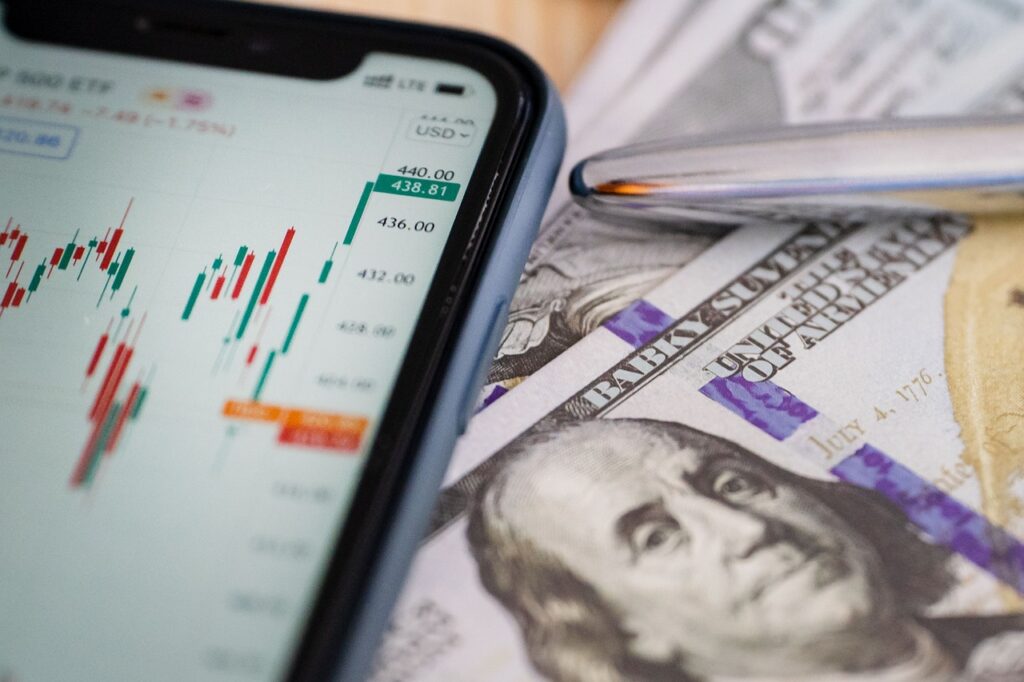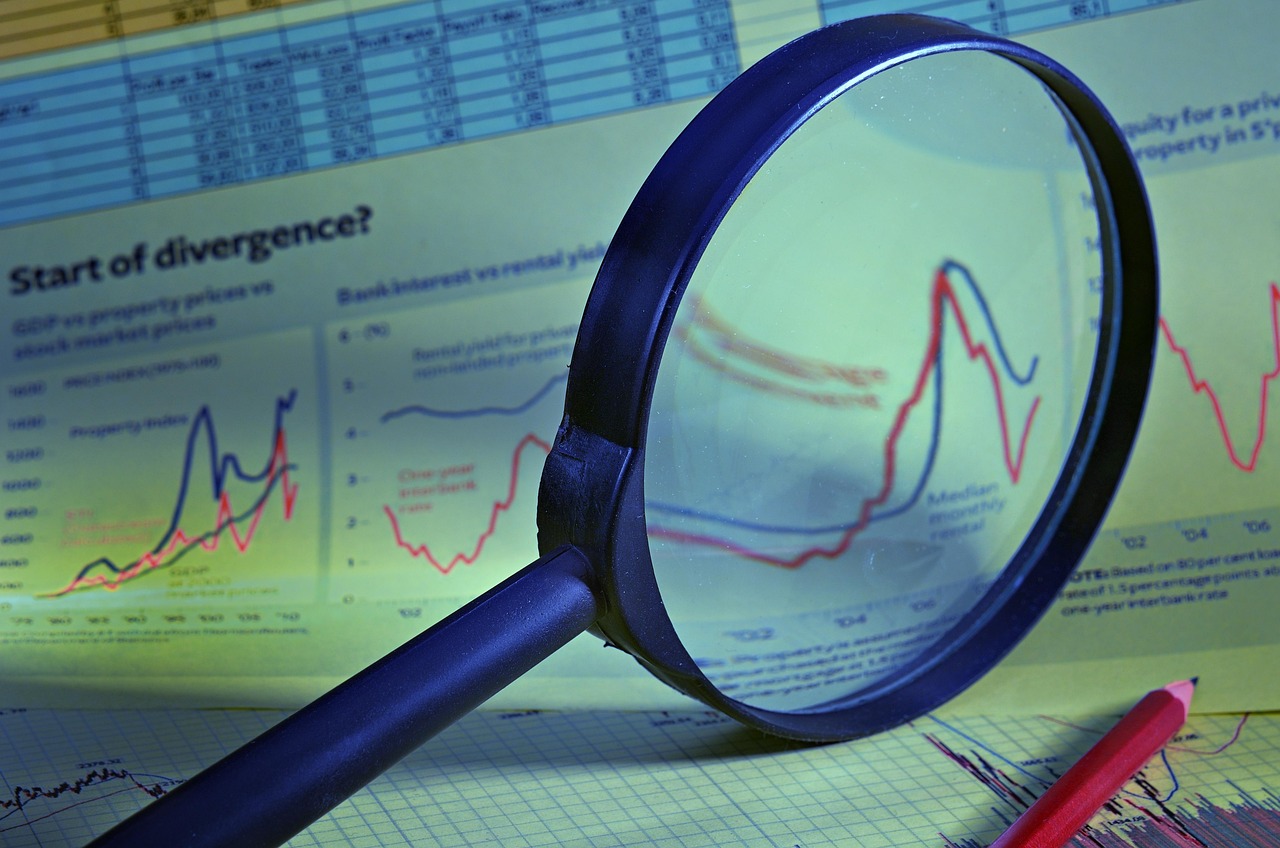In the dynamic world of alternative investments, sophisticated buyers are constantly seeking new frontiers for uncorrelated returns and strategic diversification. While consumer debt has long been a recognized asset class, there’s a significant and accelerating trend that warrants closer attention: the rise of B2B debt acquisition. Commercial receivables, once primarily viewed as balance sheet liabilities for originators, are rapidly emerging as a compelling and increasingly sought-after asset class for discerning investors.
Beyond the Traditional: Unveiling B2B Debt as a Strategic Investment
For too long, the potential of commercial receivables—debts owed by one business to another for goods or services—has been underestimated by the investment community. However, as global economic landscapes evolve and debt markets become more specialized, the strategic value of commercial receivables acquisition is becoming undeniably clear. It represents an opportunity to tap into a unique revenue stream with distinct characteristics that set it apart from more conventional investments.

Driving Forces: Key Market Trends Fueling B2B Debt Investment Growth
Several powerful macroeconomic and industry-specific trends are converging to propel B2B debt into the spotlight for savvy buyers:
Economic Volatility and Credit Market Shifts
Periods of economic uncertainty, supply chain disruptions, and inflationary pressures often lead to tighter credit markets and increased instances of businesses carrying aged receivables. While this presents challenges for debt originators, it creates a robust supply of attractive assets for buyers. Companies seeking rapid liquidity often turn to debt sales, expanding the inventory of commercial receivables available for B2B debt investment.
Specialization and Sophistication in Debt Markets
The debt acquisition landscape itself has matured considerably. The emergence of specialized buyers, advanced data analytics, and sophisticated valuation methodologies has made the process of acquiring and managing commercial debt portfolios more efficient and transparent. Technology now allows for more precise due diligence and tailored recovery strategies, mitigating risks that might have deterred investors in the past. These advancements make commercial receivables acquisition a more predictable and scalable venture.
Investor Appetite for Alternative, High-Yield Assets
In an environment where traditional asset classes may offer limited yields or exhibit high correlation with market volatility, investors are actively seeking alternatives. B2B debt offers the potential for attractive risk-adjusted returns that are often less tied to the broader stock market, providing a valuable source of portfolio diversification. This growing appetite for non-traditional, yield-generating assets is a major driver behind current debt portfolio trends.
Diversification and Stability: The Unique Benefits of Commercial Receivables Acquisition
For investors looking to fortify their portfolios, B2B debt offers compelling advantages:
Uncorrelated Returns for Portfolio Diversification
Unlike stocks or bonds, the performance of a B2B debt investment portfolio is typically influenced more by specific business cycles and industry fundamentals than by day-to-day market fluctuations. This low correlation provides a powerful diversification tool, helping to stabilize overall portfolio returns and reduce exposure to systemic market risks.
Predictable Cash Flow Potential
While recovery rates vary, commercial receivables, particularly when acquired through established channels and with proper due diligence, can offer more predictable cash flow patterns compared to, say, equity investments. The underlying agreements are commercial contracts, providing a clearer framework for potential recovery and often allowing for more structured projections.
Asset-Backed Nature and Due Diligence Advantages
Many commercial receivables are tied to tangible goods or services already delivered, giving them an inherent “asset-backed” quality. Furthermore, dealing with corporate counterparties often means there’s more robust financial documentation, public filings, and credit information available, which significantly aids in due diligence and more accurate risk assessment prior to commercial receivables acquisition.

B2B vs. Consumer Debt: A Distinct Appeal for Sophisticated Buyers
While consumer debt remains a viable asset class, B2B debt offers several distinct advantages that appeal to a different class of sophisticated buyers:
Corporate Counterparties and Larger Ticket Sizes
B2B debt investment involves dealing with businesses, which typically have more formal financial structures, legal departments, and a greater motivation to resolve debts to protect their commercial relationships and credit standing. Individual commercial debts are also often of a significantly larger value than consumer debts, making the acquisition and management of these portfolios more efficient on a per-debt basis.
Regulatory Landscape Differences
The regulatory environment governing commercial debt collection is generally less complex and stringent than that for consumer debt. This can streamline recovery processes and reduce compliance burdens for buyers, making the overall operational aspect of commercial receivables acquisition more straightforward.
Data and Information Availability
Businesses, unlike individual consumers, often have publicly available financial statements, credit reports, and industry-specific data that can be leveraged during the due diligence phase. This enhanced data visibility allows buyers to conduct more thorough risk assessments and make more informed investment decisions, leading to potentially higher recovery rates.

Navigating the Landscape: What Buyers Need to Know
While the opportunities in B2B debt acquisition are substantial, success hinges on expertise and strong partnerships. Understanding debt portfolio trends, conducting meticulous due diligence, and having access to a consistent supply of quality commercial receivables are paramount. This is where specialized intermediaries, like Golden River Global, become invaluable partners, connecting buyers with vetted opportunities in this burgeoning asset class.
Seizing the Opportunity: The Future of B2B Debt Investment
The trajectory of B2B debt investment points towards a continually expanding and increasingly sophisticated market. For buyers seeking to diversify their portfolios, enhance returns, and capitalize on distinct market dynamics, commercial receivables offer a powerful and often overlooked avenue. As debt portfolio trends continue to evolve, the strategic acquisition of B2B debt is set to become an even more prominent feature in the landscape of alternative investments.
Are you a buyer looking to capitalize on the growing B2B debt market? Explore Prime Commercial Receivables Acquisition Opportunities
Gain a competitive edge in B2B debt investment. Connect with Golden River Global’s Expert Team






